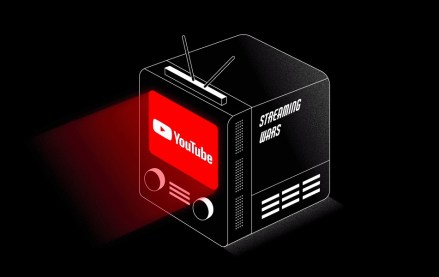This article is a WTF explainer, in which we break down media and marketing’s most confusing terms. More from the series →
The streaming ad frequency issue would seem to be indomitable. Despite years of audiences and advertisers complaining about the same ad airing ad nauseam, the problem persists. But what if there were a way to address the issue? Better yet—
OK, you can see where we’re going with this.
There is a solution for the frequency management issue: It’s called the Ad Creative ID Framework; it’s from IAB Tech Lab; it provides a system for unique identifiers to be attached to ads so that advertisers, ad tech intermediaries, streaming services and connected TV platforms can all better track which ads are being sent where across the streaming ad supply chain.
Most importantly, though, ACIF already has support from major industry members. That includes NBCUniversal, Paramount, XR Extreme Reach and AD-ID, which operates as a registrar for IDs attached to advertisers’ creative assets. And Comcast-owned FreeWheel’s and Google’s ad servers have also implemented ACIF support so that streaming ad sellers can log which exact ads were served and report that information back to measurement firms and, in turn, advertisers.
So… frequency management begone, right? Not exactly because of one major holding point, as covered in the video below.
More in Future of TV

Future of TV Briefing: A preview of Digiday’s CTV Advertising Strategies event
This week’s Future of TV Briefing previews next week’s CTV Advertising Strategies event that I’ll be hosting with top brand and agency executives in New York City.

Future of TV Briefing: TV is YouTube’s top screen — except when counting views and among Gen Z viewers
This week’s Future of TV Briefing looks at how mobile still accounts for an overwhelming majority of YouTube video views and why some Gen Z viewers aren’t tuning into YouTube on TV screens.

YouTube vs. TikTok vs. Instagram: What Gen Z really watches in 2025
At VidCon 2025, more than a dozen Gen Z attendees weighed in on the video apps they are most and least likely to watch.








